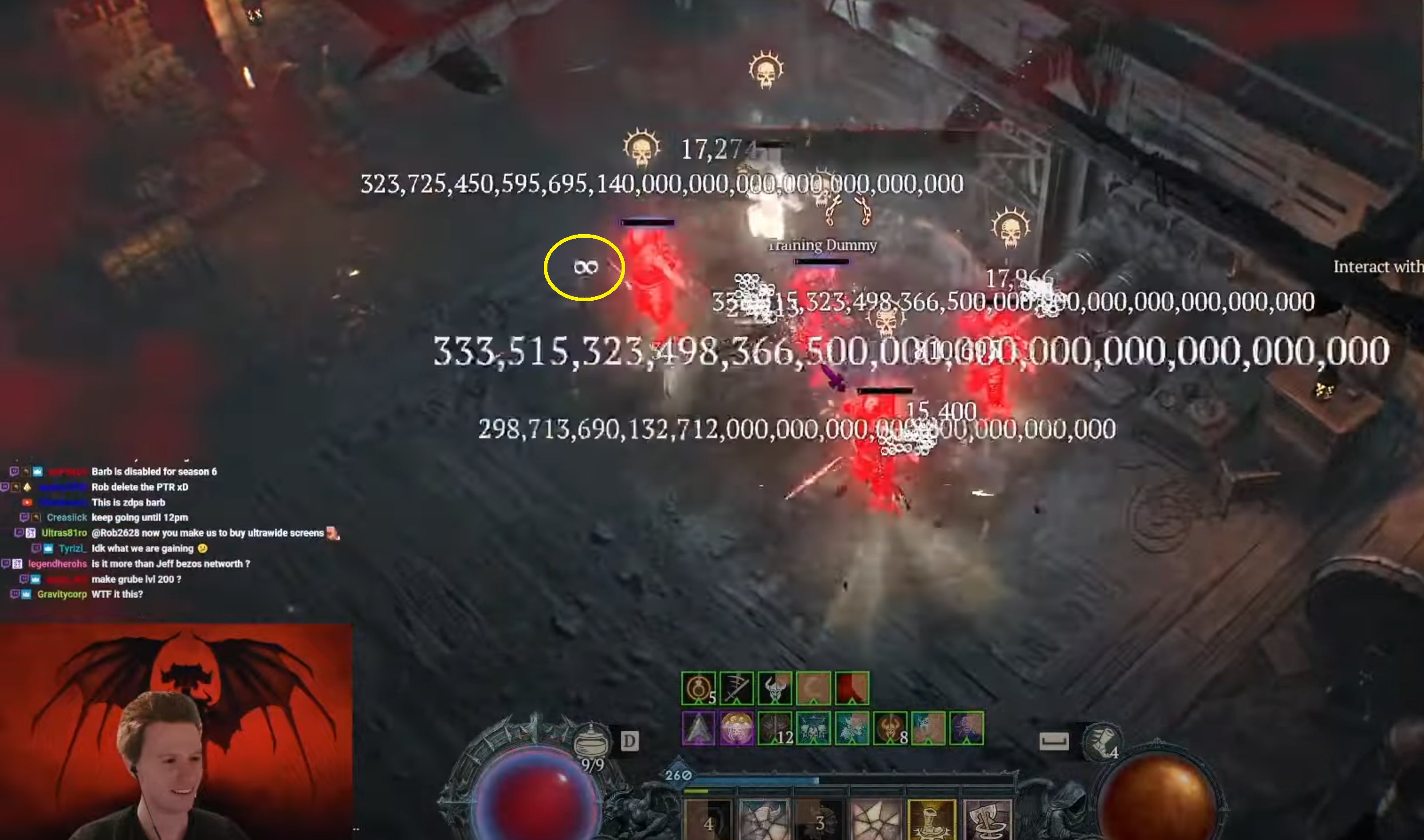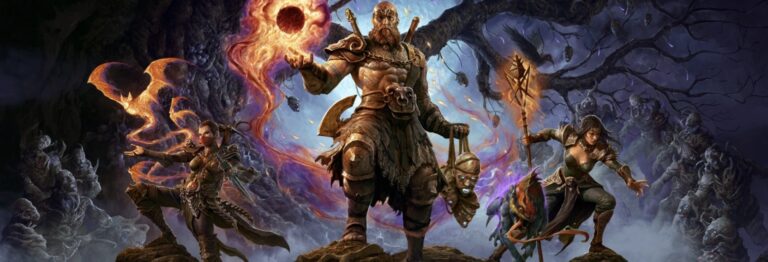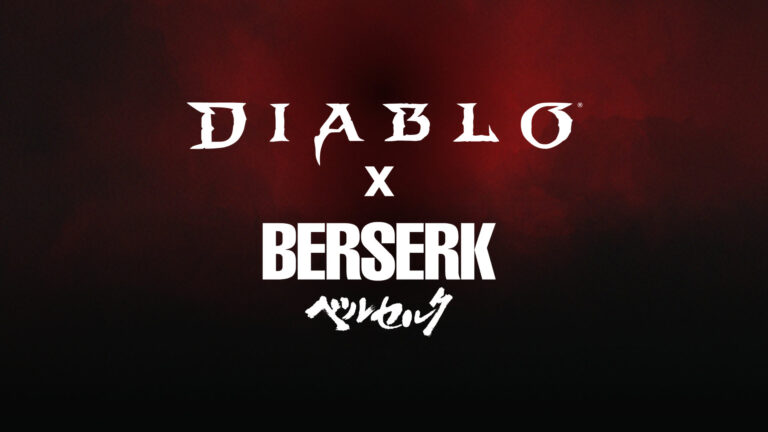Ars Technica had the opportunity to talk to Aislyn Hall, System Designer for Diablo 4 at Blizzard Entertainment who talked more about how the devs maintain a careful balance between player power and game difficulty, something that’s especially important in a live-service RPG that must serve a wide spectrum of players!
Key Takeaways from the Interview
- Player power is essential! Blizzard believes that players must feel powerful to stay engaged, especially in a game centered around combat and progression. That sense of power should be tangible, earned through mastery, not just given outright.
- Difficulty must scale with power. Diablo 4 is designed to accommodate all types of players, from casuals to hardcore min-maxers. The game begins with guidance and gradually hands more control to the player, adjusting difficulty to match their growing competence.
- The complexity of abilities evolves. Blizzard uses a system that introduces simpler mechanics early on, then gradually increases complexity as players grow more familiar with the game. This ensures players are not overwhelmed and keeps advanced players interested.
- The Torment system fixes the late-game imbalance. When the first expansion launched, players’ builds had outpaced the existing difficulty. The new Torment tiers provide extra challenge and reward, ensuring endgame content stays both relevant and replayable.
- Diablo 4 adapts to shifting player needs. Blizzard constantly analyzes who’s playing and how. Early in a season or expansion, development focuses on onboarding and early progression. Later, the focus shifts to refining high-level systems for Veteran players.
- Live balancing is never finished. Hall emphasized that balance isn’t static. The live-service nature of the game means frequent balance changes.
- Whether you’re chasing rare loot or just exploring the world, D4 gives you the tools to adjust difficulty and playstyle. That freedom is central to Blizzard’s overall design philosophy.
Head to Ars Technica for the full interview.








